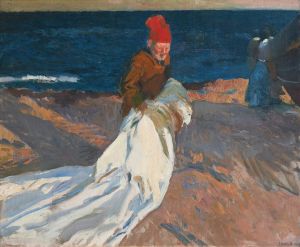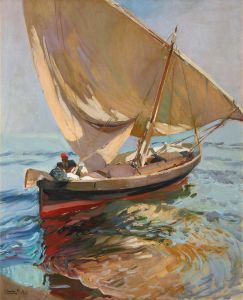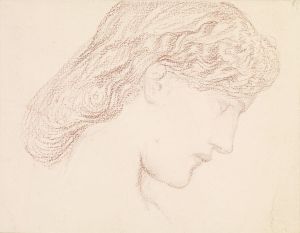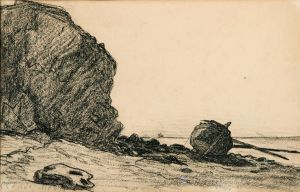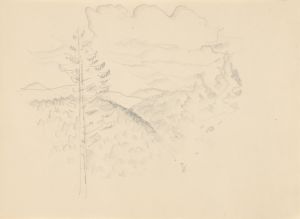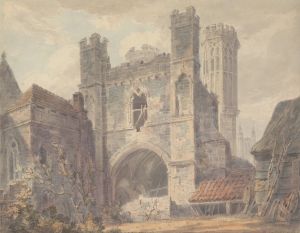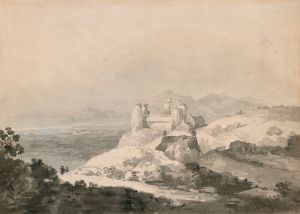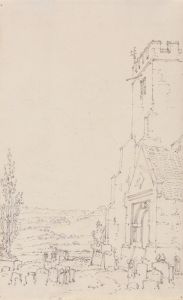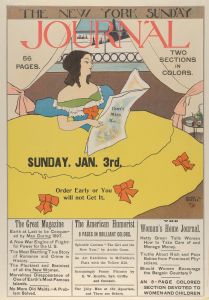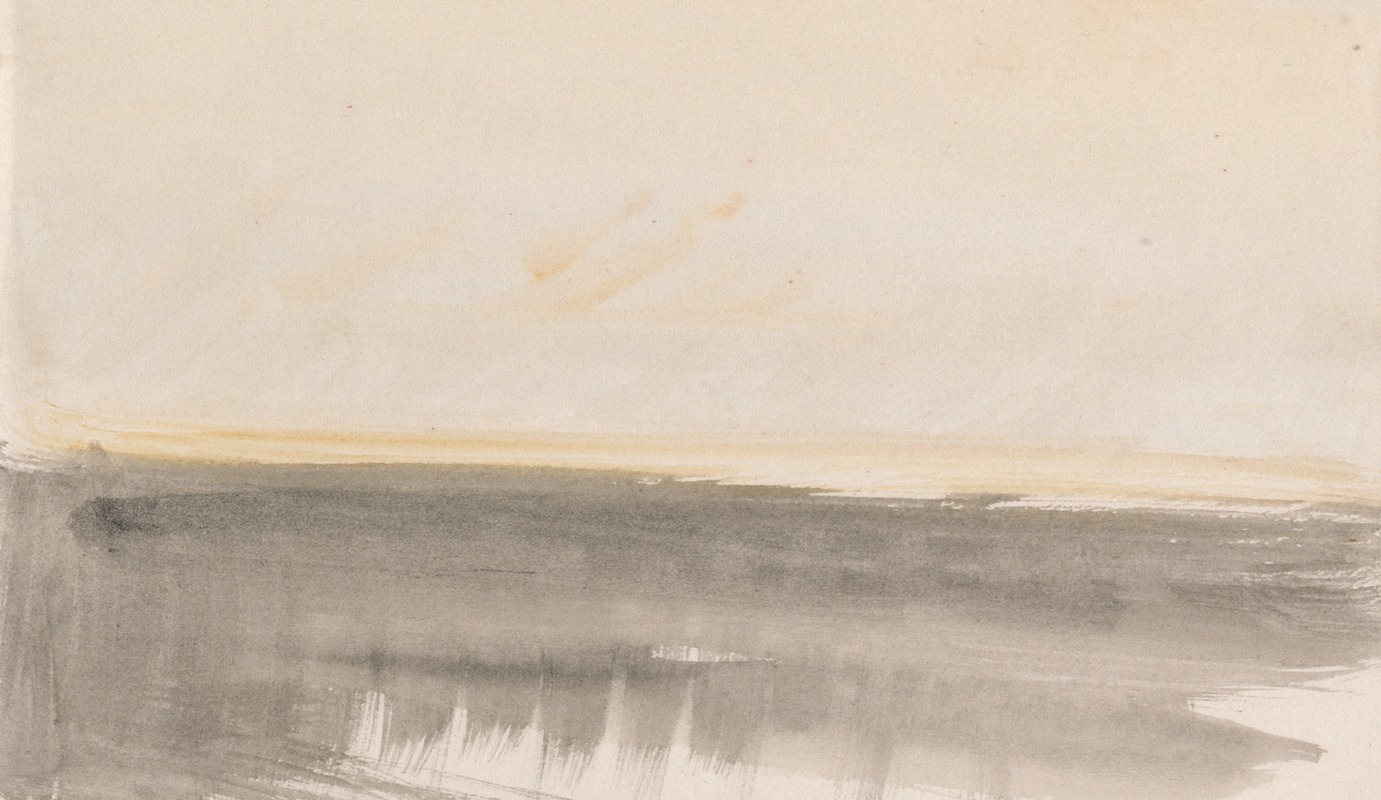
The Channel Sketchbook 3
A hand-painted replica of Joseph Mallord William Turner’s masterpiece The Channel Sketchbook 3, meticulously crafted by professional artists to capture the true essence of the original. Each piece is created with museum-quality canvas and rare mineral pigments, carefully painted by experienced artists with delicate brushstrokes and rich, layered colors to perfectly recreate the texture of the original artwork. Unlike machine-printed reproductions, this hand-painted version brings the painting to life, infused with the artist’s emotions and skill in every stroke. Whether for personal collection or home decoration, it instantly elevates the artistic atmosphere of any space.
Joseph Mallord William Turner, an eminent British artist known for his expressive colorization, imaginative landscapes, and turbulent marine paintings, created a series of sketchbooks throughout his career. One of these, known as "The Channel Sketchbook 3," is part of his extensive collection of works that capture the essence of the natural world and the interplay of light and atmosphere.
Turner was born in 1775 in London and became one of the most celebrated landscape painters of the 19th century. His work is often associated with the Romantic movement, which emphasized emotion and individualism, as well as the glorification of nature. Turner was particularly fascinated by the sea and the sky, elements that frequently appear in his work.
"The Channel Sketchbook 3" is one of many sketchbooks Turner used to record his observations and ideas. These sketchbooks were crucial to his creative process, serving as a repository for preliminary sketches, compositional studies, and notes. They offer insight into his working methods and the development of his ideas.
Turner's sketchbooks were often used during his travels, as he sought to capture the fleeting effects of light and weather. The Channel, the body of water separating southern England from northern France, was a recurring subject in his work. This area provided Turner with a rich variety of atmospheric conditions and seascapes to study and depict.
While specific details about "The Channel Sketchbook 3" are limited, it is likely that it contains sketches and studies related to Turner's interest in maritime subjects. His fascination with the sea is evident in many of his finished paintings, which often depict ships battling the elements or serene coastal scenes. The sketchbook would have been an essential tool for Turner as he explored these themes, allowing him to capture the dynamic and ever-changing nature of the sea.
Turner's sketchbooks are now valuable resources for art historians and scholars, as they provide a glimpse into the artist's creative process and the evolution of his ideas. They reveal Turner's keen observational skills and his ability to translate the natural world into his unique artistic vision.
The sketchbooks, including "The Channel Sketchbook 3," are part of the Turner Bequest, a collection of the artist's works and papers that were left to the British nation upon his death in 1851. This bequest is housed at Tate Britain in London, where it is accessible to the public and researchers.
In summary, "The Channel Sketchbook 3" by J.M.W. Turner is a testament to the artist's dedication to capturing the beauty and power of the natural world. Although specific information about the contents of this particular sketchbook is limited, it undoubtedly played a role in the development of Turner's maritime paintings and his exploration of light and atmosphere. Turner's legacy as a master of landscape painting continues to be celebrated, and his sketchbooks remain an invaluable resource for understanding his artistic journey.





